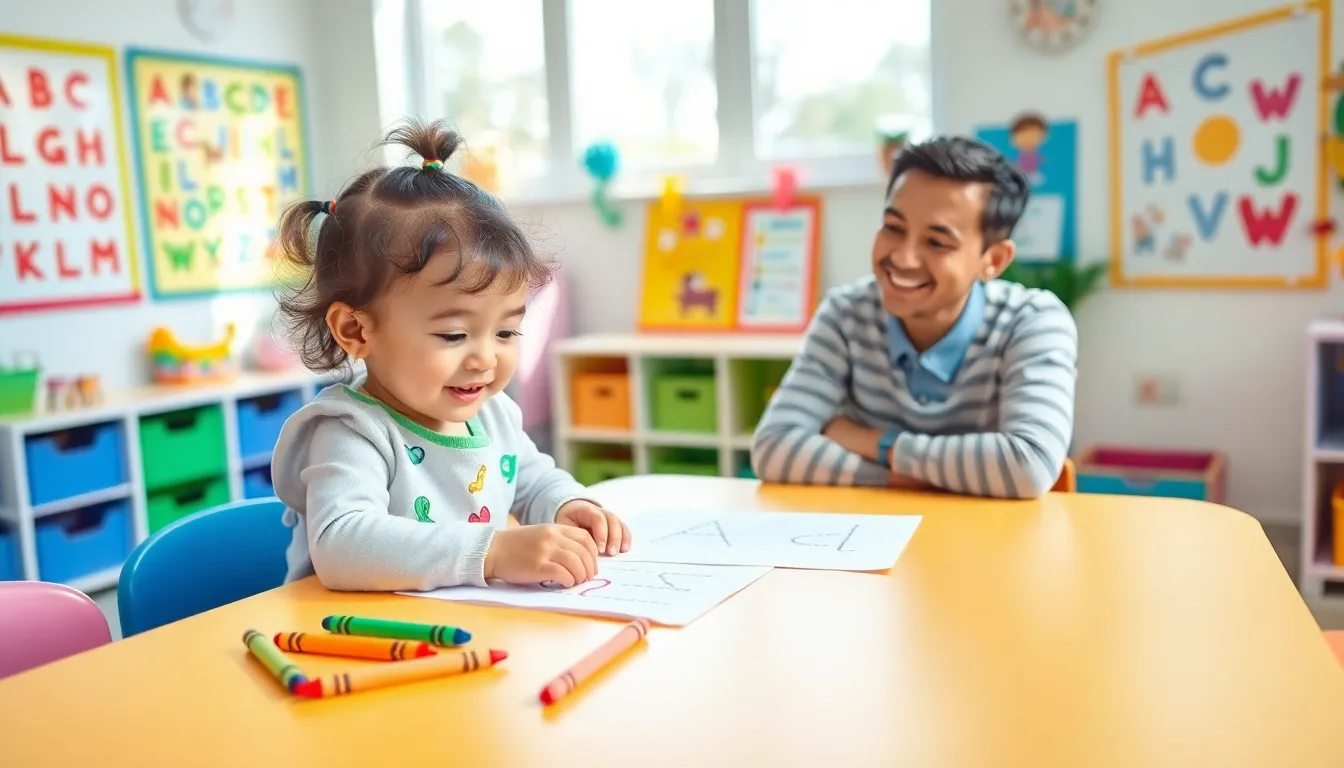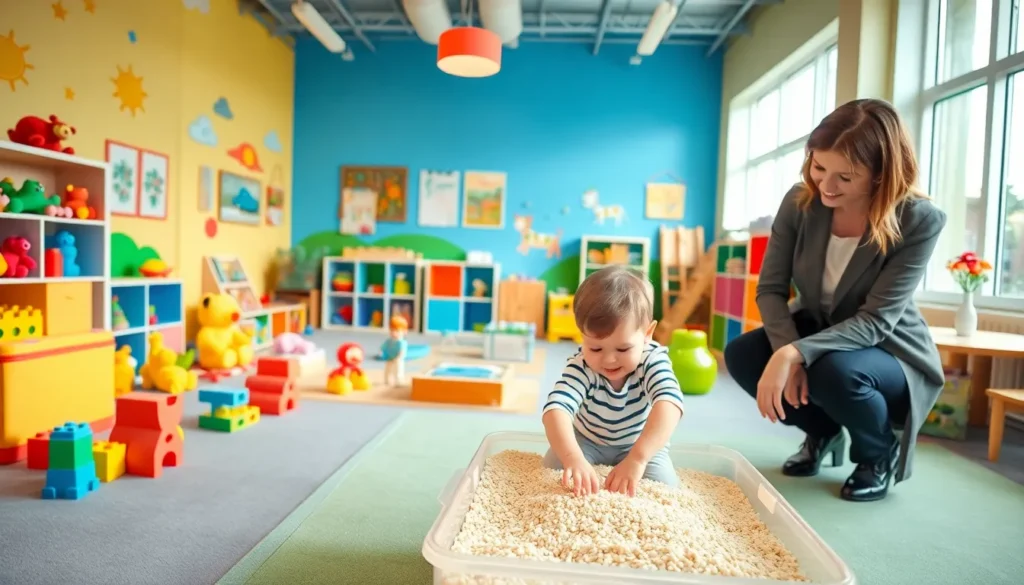Ever watched a toddler trying to hold a crayon? It’s like watching a tiny artist creating masterpieces… on the wall. But before they become Picasso, there’s something else that needs attention: letter tracing. It’s not just doodling: it’s a fun, essential activity that can set the foundation for their literacy skills. In this text, we’ll explore why letter tracing is important, how it helps little learners develop fine motor skills, and some engaging ways to make tracing a blast. Grab your crayons.
Table of Contents
ToggleImportance Of Letter Tracing

Benefits For Early Learning
Letter tracing is a fundamental stepping stone in early education. By engaging in this activity, toddlers become familiar with letters, aiding in letter recognition as they transition into reading and writing. Each stroke they trace acts as a mini workout for their brain, forging connections that enhance their understanding of language. These playful scribbles are not just marks on a page: they are vital components in developing vocabulary.
Development Of Fine Motor Skills
When toddlers trace letters, they refine their fine motor skills. These skills are crucial for numerous everyday tasks, from buttoning a shirt to holding a fork. Tracing encourages the use of small muscles in the hands and fingers, boosting strength and dexterity. As children practice, they build confidence in their ability to control writing instruments, paving the way for smooth, legible handwriting in the future.
Encouraging Letter Recognition
Recognizing letters is like finding pieces of a puzzle. Once toddlers start identifying letters, they can begin to understand that each one has a sound and a purpose. This recognition lays the groundwork for reading, and letter tracing plays a crucial role in this process. Parents and educators can encourage this recognition by pointing out letters in everyday environments, like those on cereal boxes or street signs, and then integrating tracing activities to reinforce what they see.
Fun Ways To Introduce Letter Tracing
Using Worksheets And Printables
Worksheets are fantastic tools for introducing letter tracing. They can be filled with colorful designs and engaging characters that capture a toddler’s imagination. Printable worksheets can range from simple letters to entire words and can be tailored to reflect the child’s interests, whether they love dinosaurs, princesses, or trucks.
Incorporating Tracing into Playtime
Who said learning can’t be play? Incorporating letter tracing into playtime can make the process enjoyable. Use sand, flour, or even finger paint to create a sensory experience. Kids can trace letters with their fingers, engage in messy but fun ways, and connect movements with letters, enhancing memory retention.
Resources For Letter Tracing Activities
Recommended Books And Apps
A wealth of resources exists for those keen to explore letter tracing. Numerous books offer tracing exercises, often featuring vibrant illustrations to keep toddlers engaged. There are also fantastic apps available that gamify the learning experience, making it interactive and fun. These apps can motivate little learners by rewarding their tracing efforts with stickers or animations, transforming them into eager students.
Creating Custom Tracing Materials
For creative parents looking to personalize their child’s learning experience, custom tracing materials can be a game changer. This can be as simple as creating a tracing page with the child’s name or favorite things. Using a program on a computer, parents can generate individualized worksheets that not only teach letters but also connect to the child’s interests, capturing their attention more effectively than generic materials.




